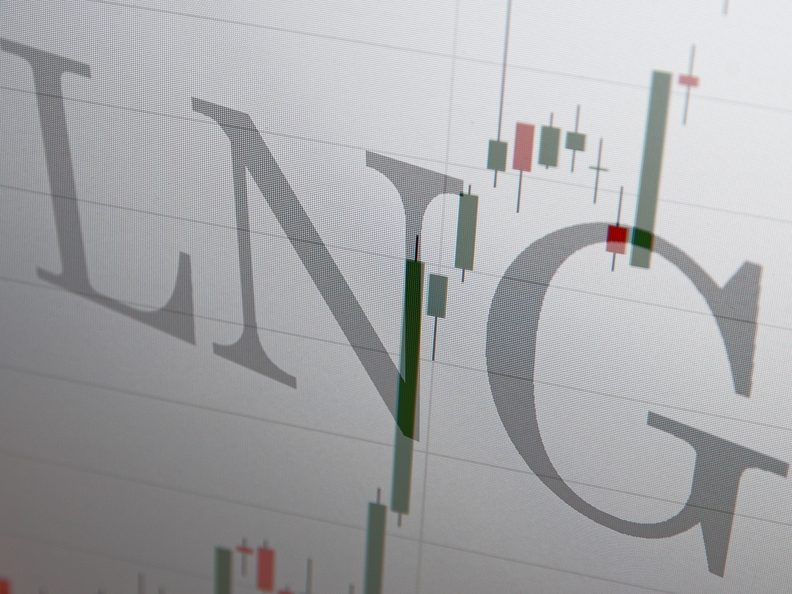Press Release: In contrary to the World Bank’s point of view, there is a bright future for LNG in the decarbonization of the shipping industry. The World Bank report seemed to have missed an important recent technical development: Marine Carbon Capture Systems. Recently, great progress has been achieved regarding the capturing of CO2 from the exhaust of LNG-fueled ships.
Among others, R&D in the Netherlands – by Conoship, TNO Delft, and other partners – leads to feasible and practical ship-based solutions, utilizing ‘the cold’ of the LNG (-160 dgr. C) to liquefy the CO2 and store it in regular liquid-CO2-tank containers on board. The captured CO2 can be unloaded while bunkering LNG, to be stored for example offshore in empty gas fields, for which infrastructure is under development in Norway (Northern Lights), Rotterdam (Porthos), Amsterdam (Athos), and by parties like CarbonCollectors.
As the captured and liquefied CO2 can be ‘food-grade’, wider utilization is foreseen in the future as an important and valuable feedstock for the production of synthetic fuels, like synthetic kerosine, -diesel, -methanol, or -methane. Next to ‘green hydrogen’, the production of synthetic fuels requires vast amounts of CO2, for which ‘direct air capture is a very inefficient source.
The same ships that actually are fueled by LNG (= abt. 85% Methane CH4), can be fueled in the future by Liquified Synthetic-Methane (LSM, 100% CH4), using the same existing LNG infrastructure. A closed carbon-loop can be realized by capturing the CO2 after the combustion of LSM in the ship, liquefying it, and providing it as feedstock to the producer of the Liquified Synthetic Methane.
Conoship R&D and design studies show that by future application of onboard CO2-capturing, liquefaction, and storage, LNG-driven ships can both be:
– a good direct economic and ecological alternative to diesel-driven ships, realizing large reductions of SOx, NOx en PM/Sooth and smaller reductions of CO2;
– a good future-proof economic and ecological solution, increasing the reduction of CO2 emissions (possibly stepwise) to the desired economical & ecological level by the application of a CO2-capturing installation.
By integrating the CO2-capturing installation in the initial ship design at Conoship, we reduce the future impact of the modification. However, CCS installations are also suitable for retrofits on board LNG-powered vessels.
Further, R&D on handling the challenge of methane slip is making good progress, both in combustion technology in engines and in after-treatment technology and there is no reason why the application of the solutions should be limited to a fraction of the fleet. Furthermore, despite all developments, the quantity of “green hydrogen”, either to be used directly as fuel or as feedstock for e-fuels, will remain limited. It would make sense to use this scarce quantity for applications for which there are no alternatives, such as in long-range aviation.
Introduction, through IMO, of a CO2-levy per ton emitted CO2 will facilitate the economical application of CO2-capturing installations on LNG-driven vessels in the coming years. All in all, LNG, when combined with CCS, should therefore still be considered as a more than valuable transition fuel up to 2050, reducing the carbon footprint of shipping and its customers by more than 75% compared to today’s diesel-powered operations.
































